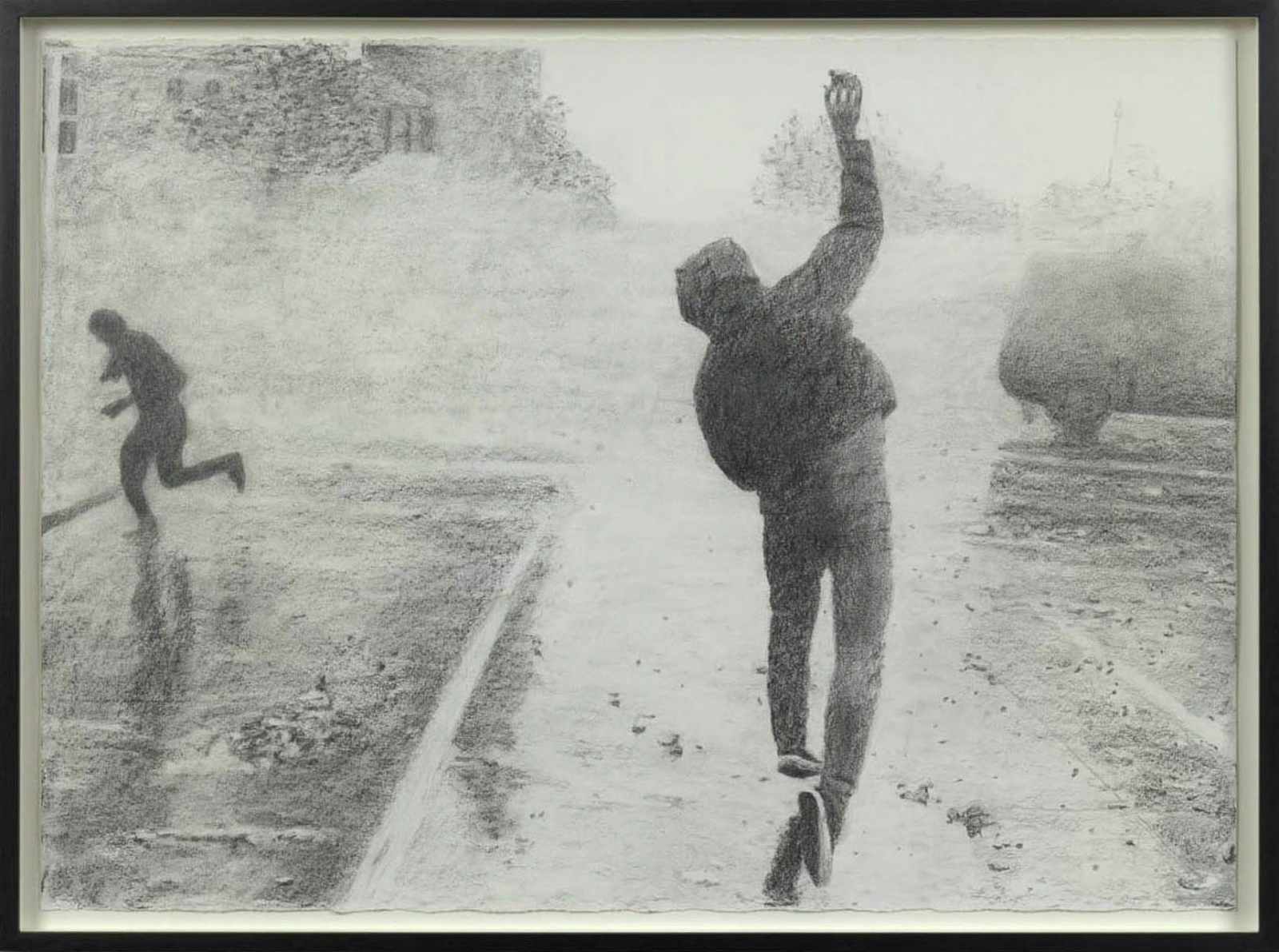Research
Image of Resistance and Social Norm
Carolin Behrmann
By means of the visual formula of resistance and revolt disseminated in the media, political systems are depicted as just or unjust, democratic or undemocratic. In the "Age of Resistance", in which we see an increase in emancipatory and civic action, such images are disseminated ubiquitously. Through the socio-technical architecture of social media they not only hold a firm place in the attention economies of the present, but also inform the formal repertoires of artists. Artists who, as activists and dissidents, point to political grievances and legal inconsistencies, define a new and diverse genre. This canonized category of "political art" responds not just to particular social and political issues. Through their socio-critical and social actions, such artists also deliberately place themselves in a changed relationship to existing law. Along with the notion of the (political) subject, which is constituted through disciplinary or monitoring mechanisms, or through the bio-power unfolding in demography and administration, the constructions of the collective and the individual subjects are examined in their relationship to the law. Activists and "virtual collectives" of hackers and whistle-blowers, for example, challenge not only the means of control of state security architectures, but also the codified and legitimized political stages as such, which include both the parliament and the public rally.
The project examines various visual forms of exploring the possibilities and limits of social and legal normativity. The assertion to be discussed here is that a current trend in the "aes-thetics of resistance" can be linked to a self-conception of art as antinomic or as in conflict with a repressive system of norms. In a critical confrontation with the postulates of Postmodernism, certain principles of evidence and authenticity, especially in photography and video works, have sought to refine the value and critical abilities of contemporary art production. After this "anti-aesthetic" turn, a continued, emphatic exploration of materialities can be observed in art forms of "classical Modernism", such as sculpture, painting and drawings, printing, assemblage or the readymade. Drawing on well-established imagery of resistance, semantics of protest or figures of civil disobedience, we can see an aesthetic moment emerging in the wake of the "end of anti-aesthetic", which aims both at a distance to the factual and at achieving independence, while focusing on the ways in which social norms are formed.



